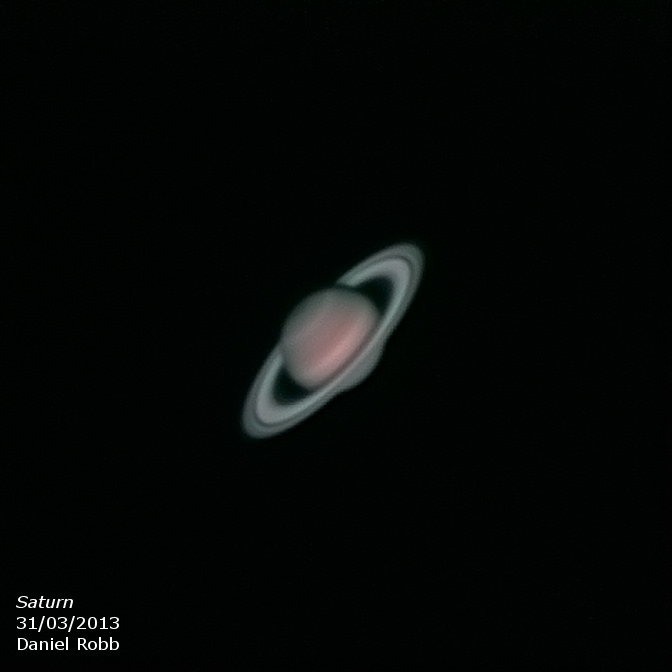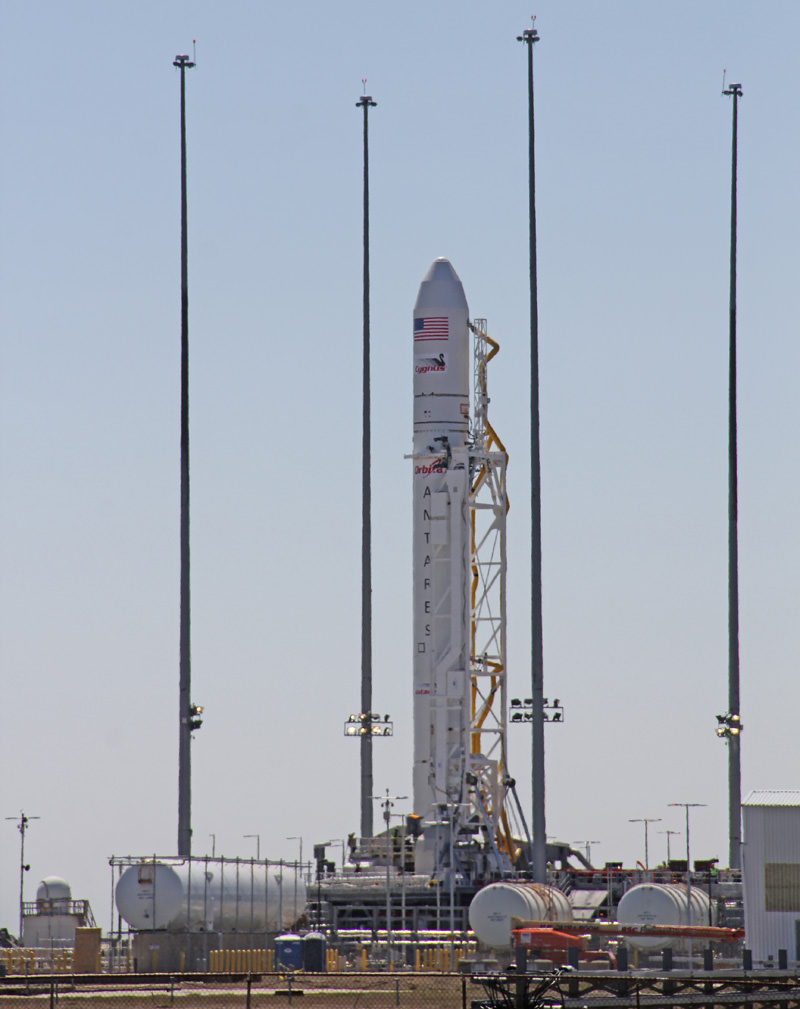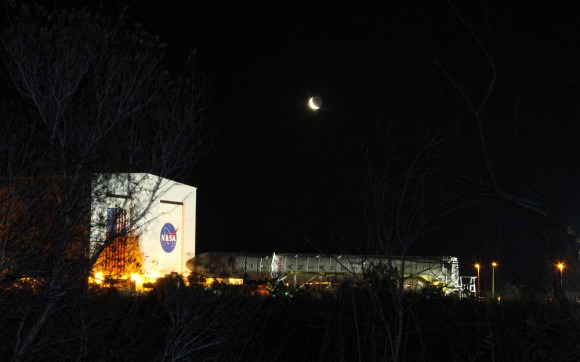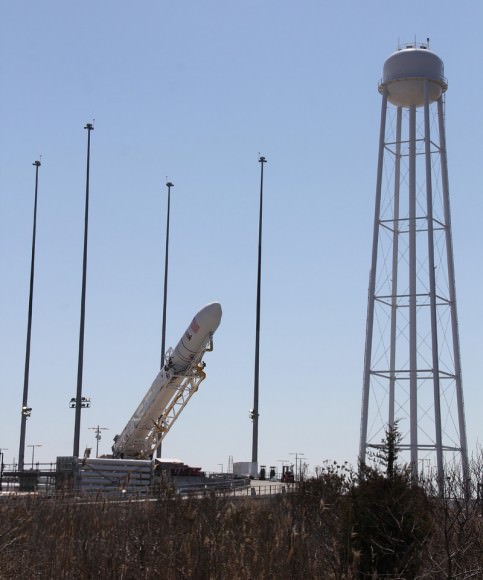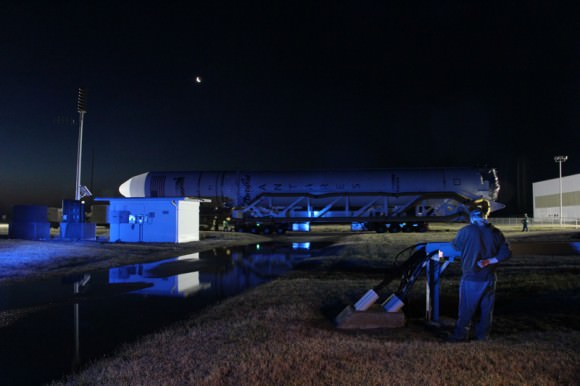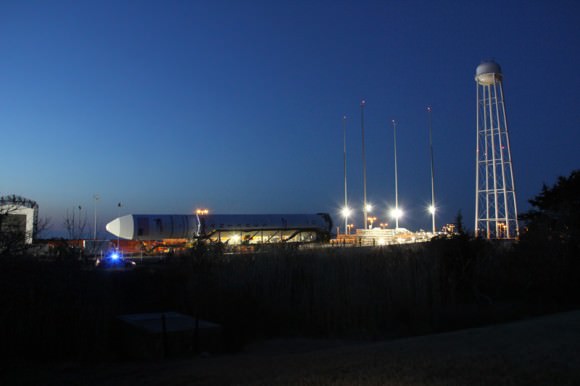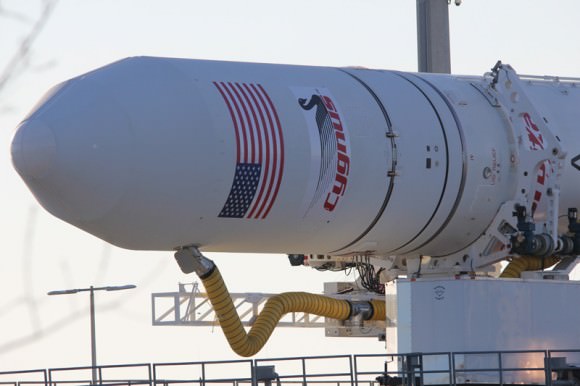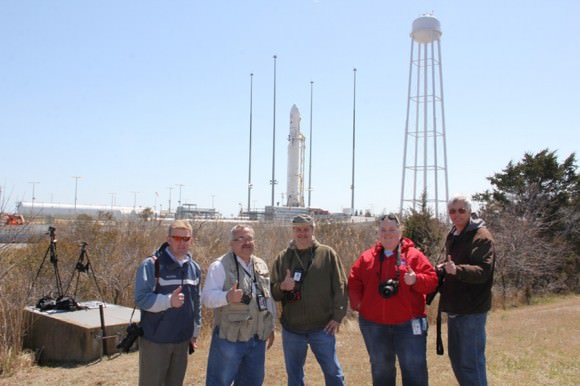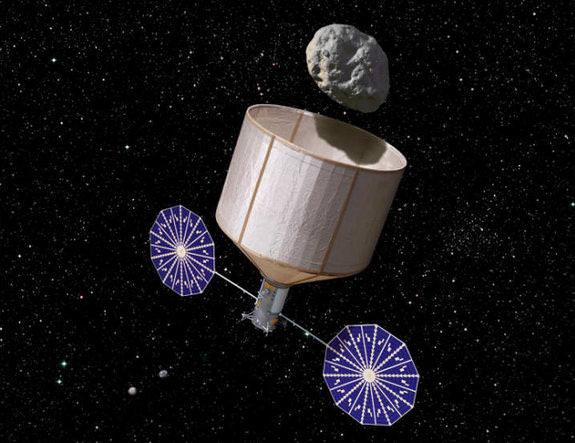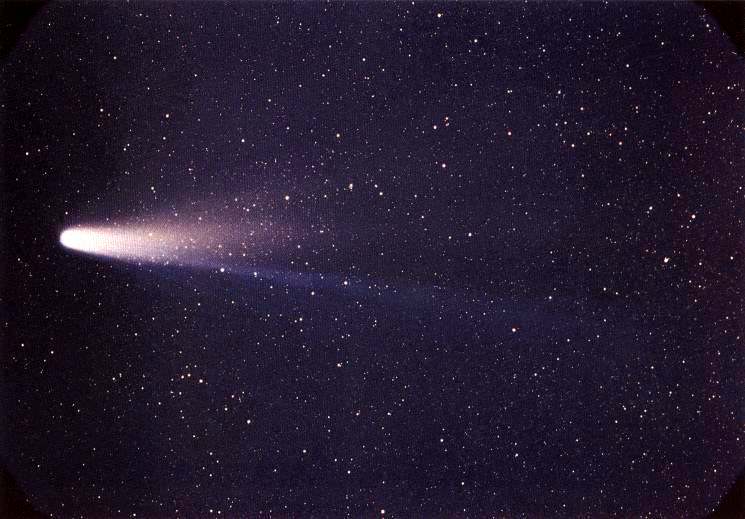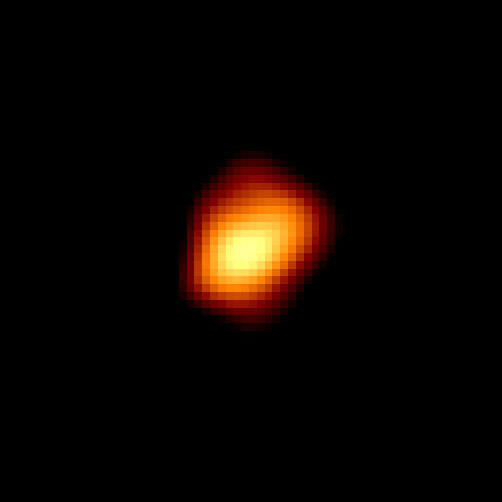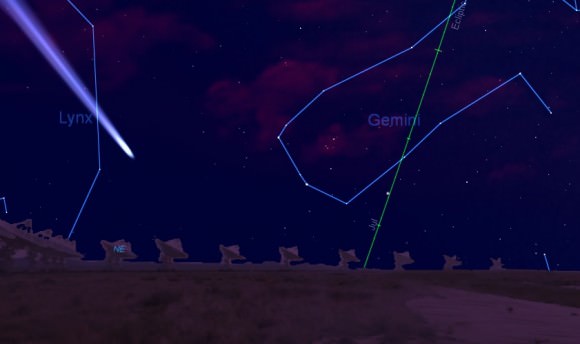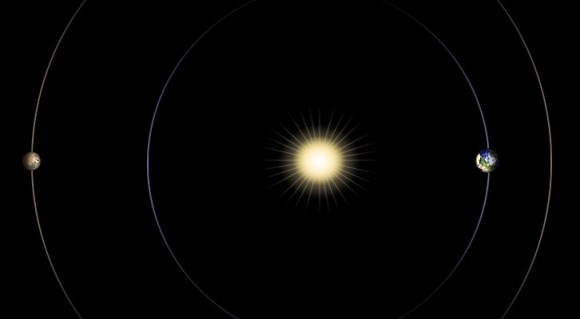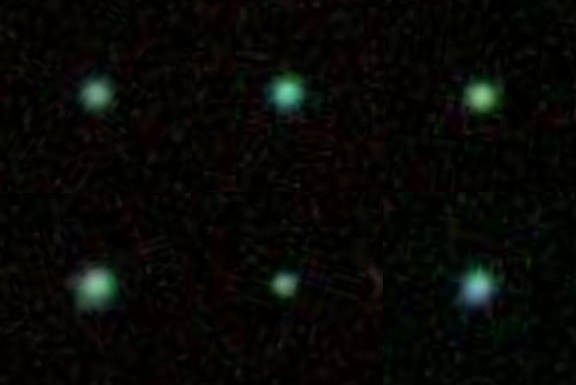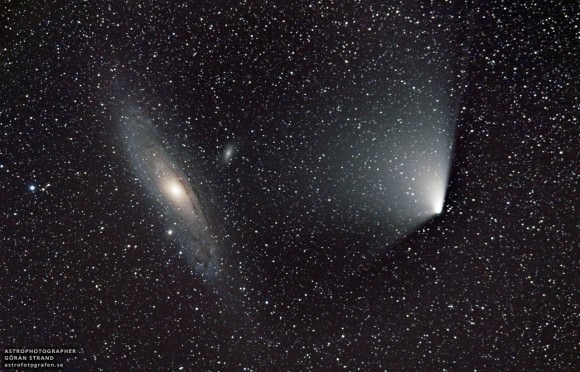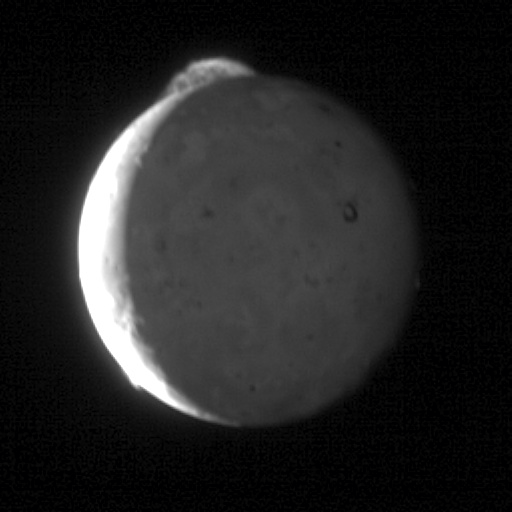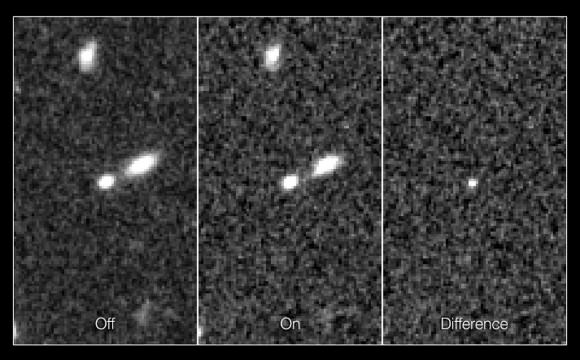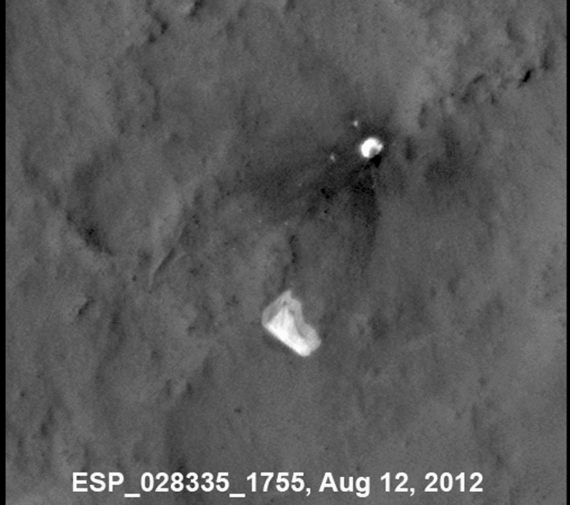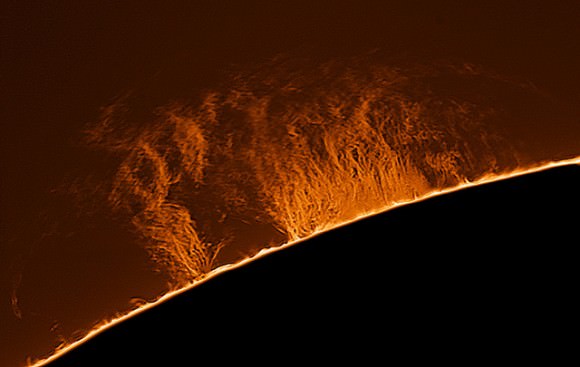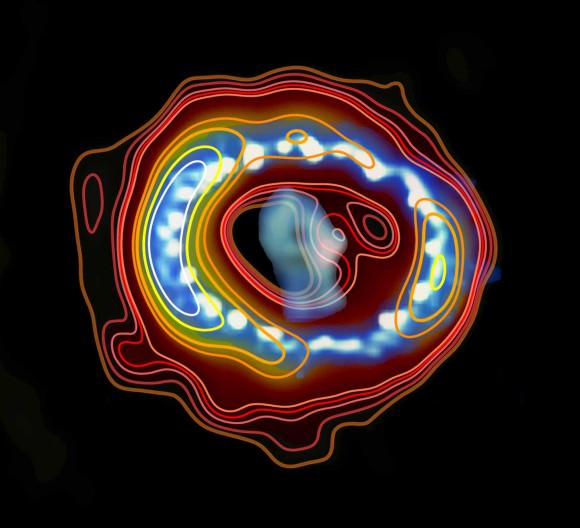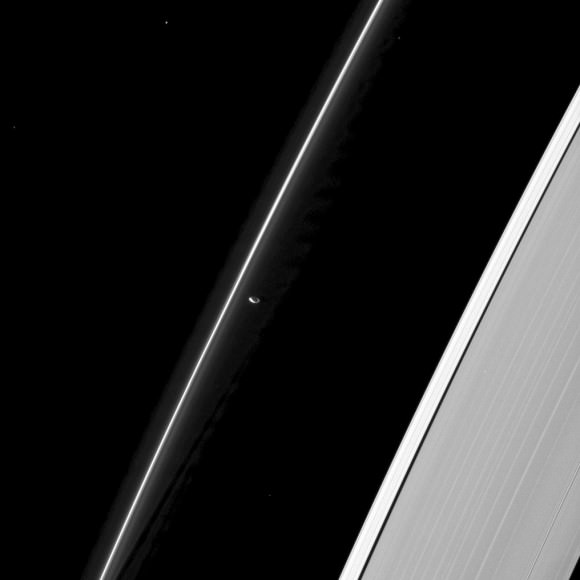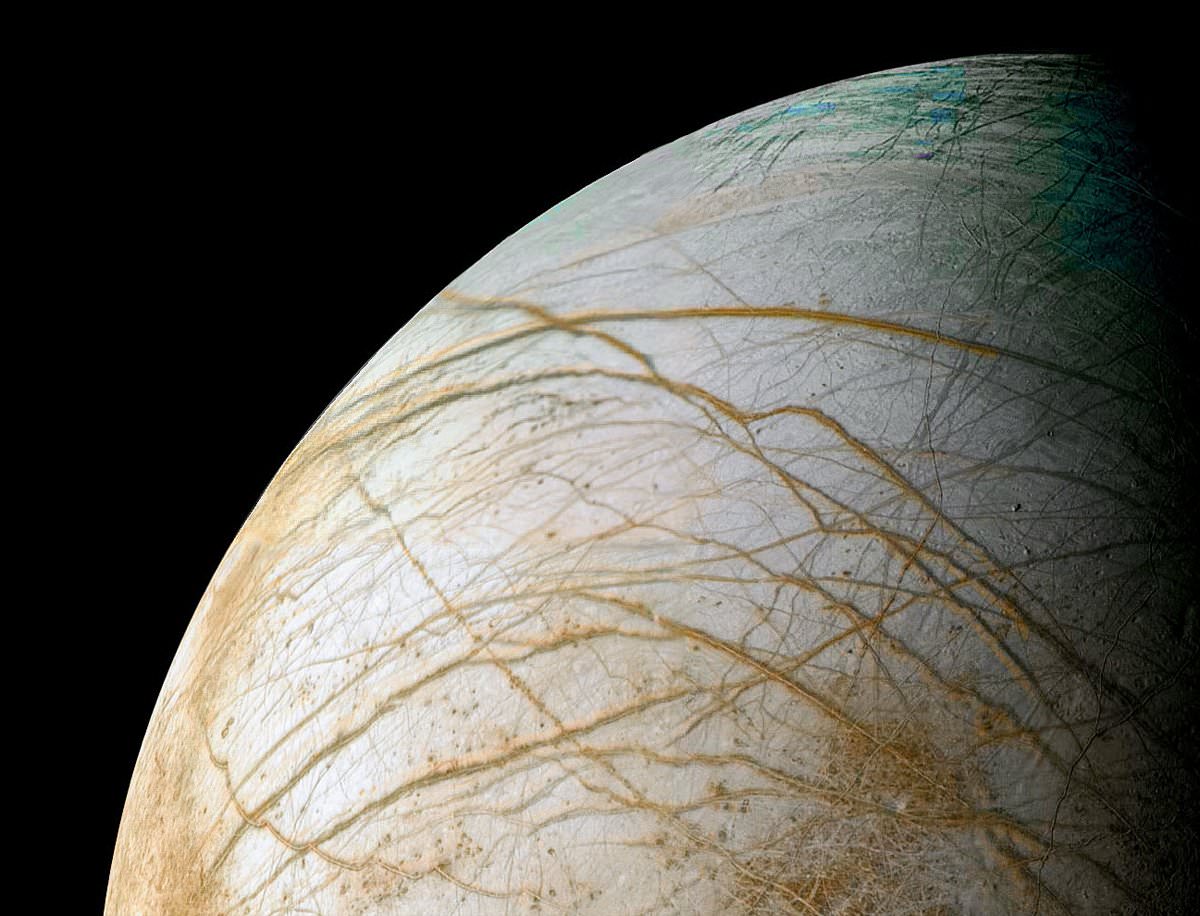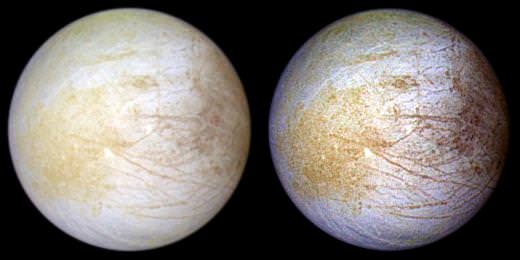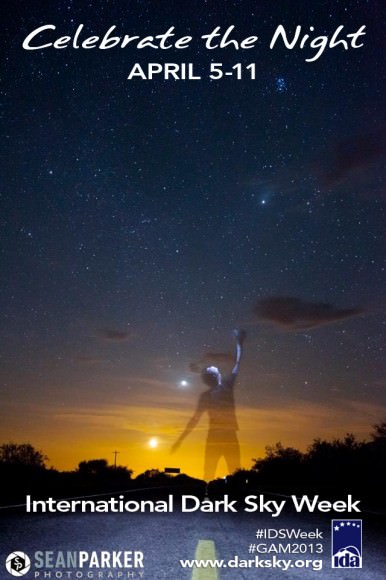A star party favorite is about to return to evening skies.
The planet Saturn can now be spied low to the southeast for northern hemisphere observers (to the northeast for folks in the southern) rising about 1-2 hours after local sunset this early April. That gap will continue to close until Saturn is opposite to the Sun in the sky later this month and rises as the Sun sets.
Opposition occurs on April 28th at 8:00 UT/4:00AM EDT. Saturn will shine at magnitude +0.1 and appear 18.8” in diameter excluding the rings, which give it a total angular diameter of 43”.
Saturn has just passed into the faint constellation Libra for 2013, although its springtime retrograde loop will bring it back into Virgo briefly. Both the 2013 and 2014 opposition will occur in Libra. Saturn will also pass 26’ from +4.2 Kappa Virginis on July 3rd as it moves back into Virgo while in retrograde before resuming direct motion back into Libra.
Saturn currently lies about 15° to the lower left of the +1.04 magnitude star Spica, also known as Alpha Virginis. Remember the handy saying to “Spike to Spica” from the handle of the Big Dipper asterism to locate the region. Another handy finder tip; stars twinkle, planet generally don’t. That is, unless your skies are extremely turbulent!
With an orbital period 29.46 years, Saturn moves slowly eastward year to year, taking 2-3 years to cross through each constellation along the ecliptic.
Oppositions are roughly 378 days apart and thus move forward on our calendar by about two weeks a year. Successive oppositions also move about 13° eastward per year.
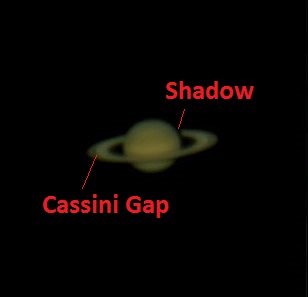
Oppositions of the ringed planet are also currently becoming successively favorable for southern observers over the coming years. Saturn crossed into the southern celestial hemisphere some years back, and will be at its southernmost in 2018.
Saturn won’t pass north of the celestial equator again until early 2026. Saturn is 15 million kilometres farther from us than opposition last year as its moving toward aphelion in 2018.
Saturn will reach eastern quadrature this summer on July 28th and stand its highest south at sunset northern hemisphere observers. South of the equator, it will pass directly overhead or transit to the north. Saturn will be with us for most of the remainder of 2013 in evening skies until reaching solar conjunction on November 6th.
Looking at Saturn with binoculars, you’ll immediately note that something is amiss.
You’re getting a view similar to that of Galileo, who sketched Saturn as a sort of “double handled cup.” In fact, it wasn’t until 1655 that Christian Huygens correctly hypothesized that the rings of Saturn are a flat disk that is not physically in contact with the planet.
Huygens also discovered the large moon Titan. Shining at magnitude +8.5 and taking 16 days to orbit Saturn, Titan is the second largest moon in our solar system after Ganymede. Titan would easily be a planet in its own right if it orbited the Sun. Titan is easily picked out observing Saturn at low power through a telescope.
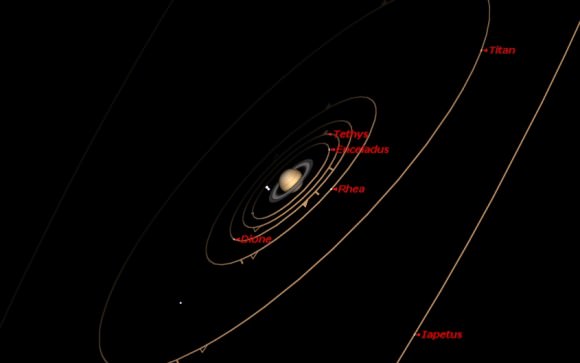
Observing Saturn at slightly higher magnification, five moons interior to Titan become apparent. From outside in, they are Rhea, Dione, Tethys, Enceladus, and Mimas. Exterior to Titan is the curious moon of Iapetus. Taking 79 days to complete one orbit of Saturn, Iapetus varies in brightness from magnitude +11.9 to +10.2, or a factor of over 5 times. Arthur C. Clarke placed the final monolith in the book adaptation of 2001: A Space Odyssey on Iapetus for this reason. Close-ups from the Cassini spacecraft reveal a two-faced world covered with a dark leading hemisphere and a bright trailing side, but alas, no alien artifacts.
But the centerpiece of observing Saturn through a telescope is its brilliant and complex system of rings. The A, B, and C rings are easily apparent through a backyard telescope, as is the large spacing known as the Cassini Gap.
The rings are also currently tilted in respect to our Earthly vantage point. The rings were edge-on in 2009 and vanish when this occurs every 15-16 years.
This year, we see the rings of Saturn at a respectable 19 ° opening and widening. The rings will appear at their widest at over 25° in 2017 and then become edge-on again in 2025.
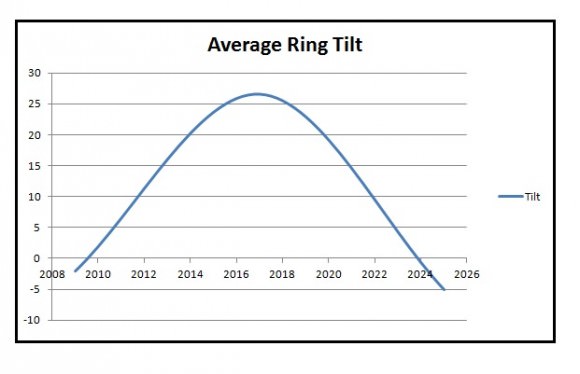
The ring system of Saturn adds 0.7 magnitudes of overall brightness to the planet at opposition this year.
Another interesting optical phenomenon to watch for in the days leading up to opposition is known as the “opposition surge” in brightness, or the Seeliger effect. This is a retro-reflector effect familiar to many as high-beam headlights strike a highway sign. Think of the millions of particles making up Saturn’s rings as tiny little “retro-reflectors” focusing sunlight back directly along our line of sight. The opposition surge has been noted for other planets, but it’s most striking for Saturn when its rings are at their widest.
The disk of Saturn will cast a shadow straight back onto the rings around opposition and thus vanish from our view. The shadow across the back of the rings will then become more prominent over subsequent months, reaching its maximum angle at quadrature this northern hemisphere summer and then beginning to slowly slide back behind the planet again. A true challenge is to glimpse the disk of the through the Cassini gap in the rings… you’ll need clear steady skies and high magnification for this one!
It’s also interesting to note a very shallow partial lunar eclipse occurs with Saturn nearby just three days prior to opposition on April 25th. Saturn will appear 4° north of the Moon and it may be just possible to image both in the same frame.
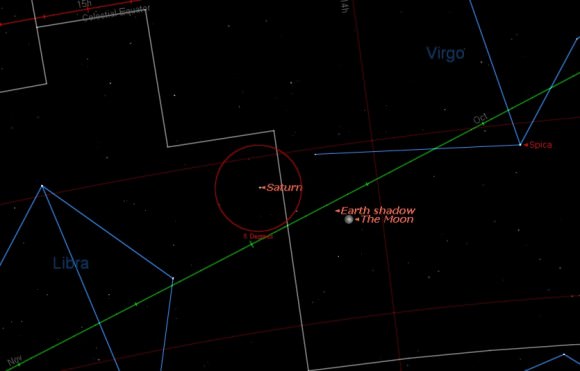
Saturn takes about 30 years to make its way around the zodiac. I remember just beginning to observe Saturn will my new 60mm Jason refractor as a teenager in 1983 as it crossed the constellation Virgo.Hey, I’ve been into astronomy for over one “Saturnian year” now… where will the next 30 years find us?

